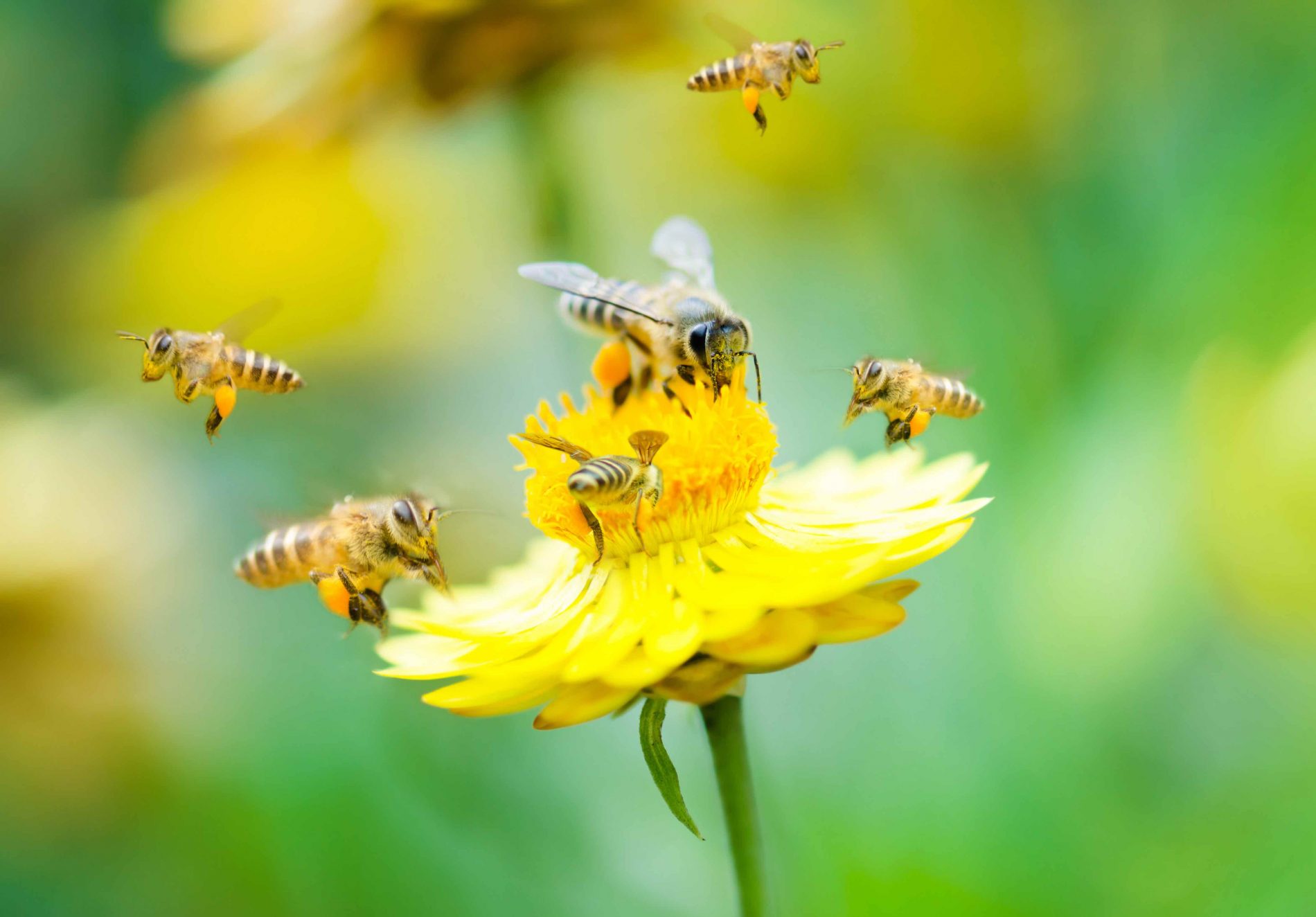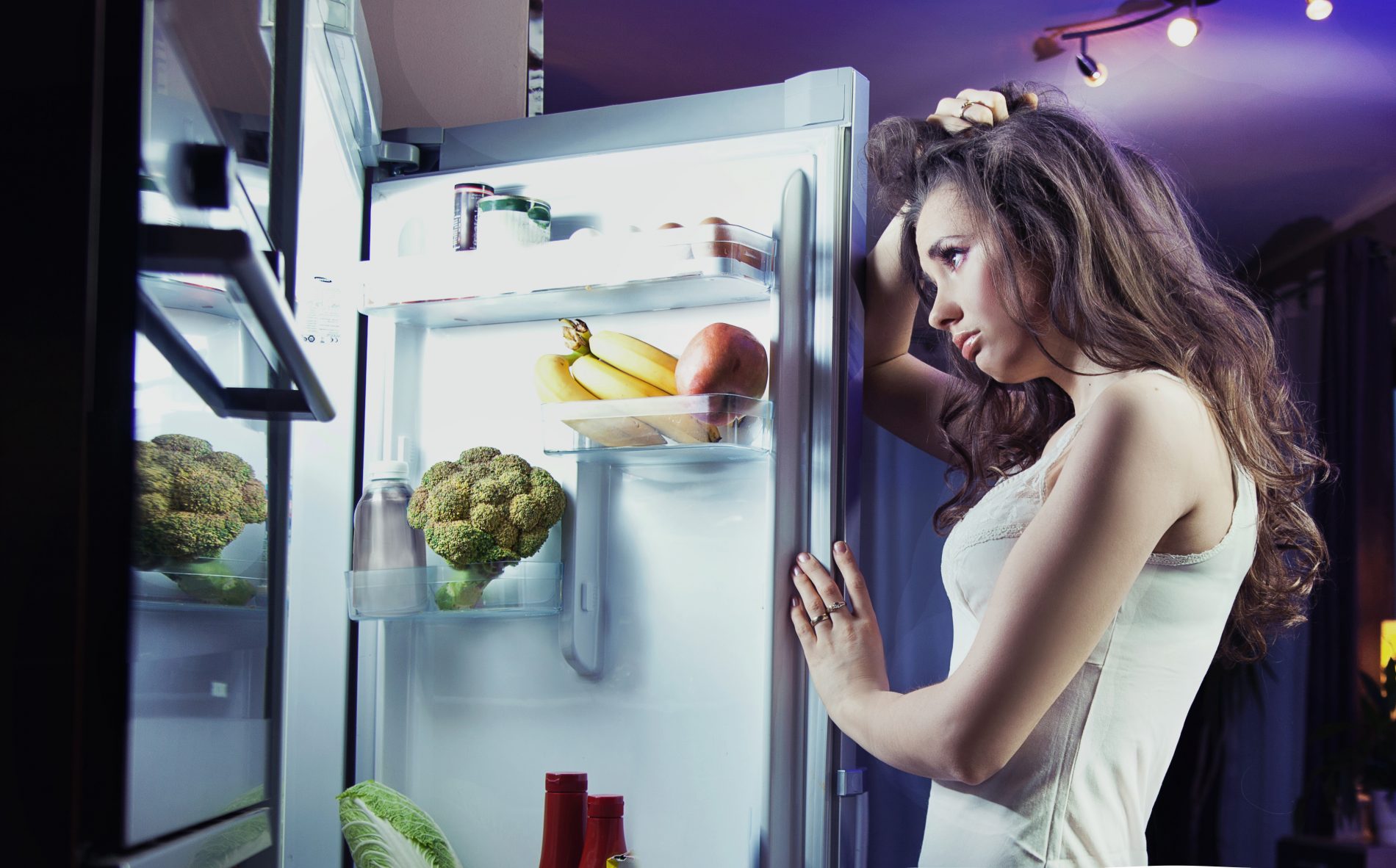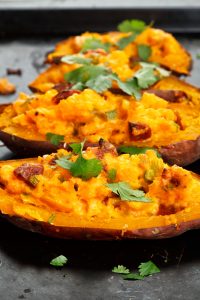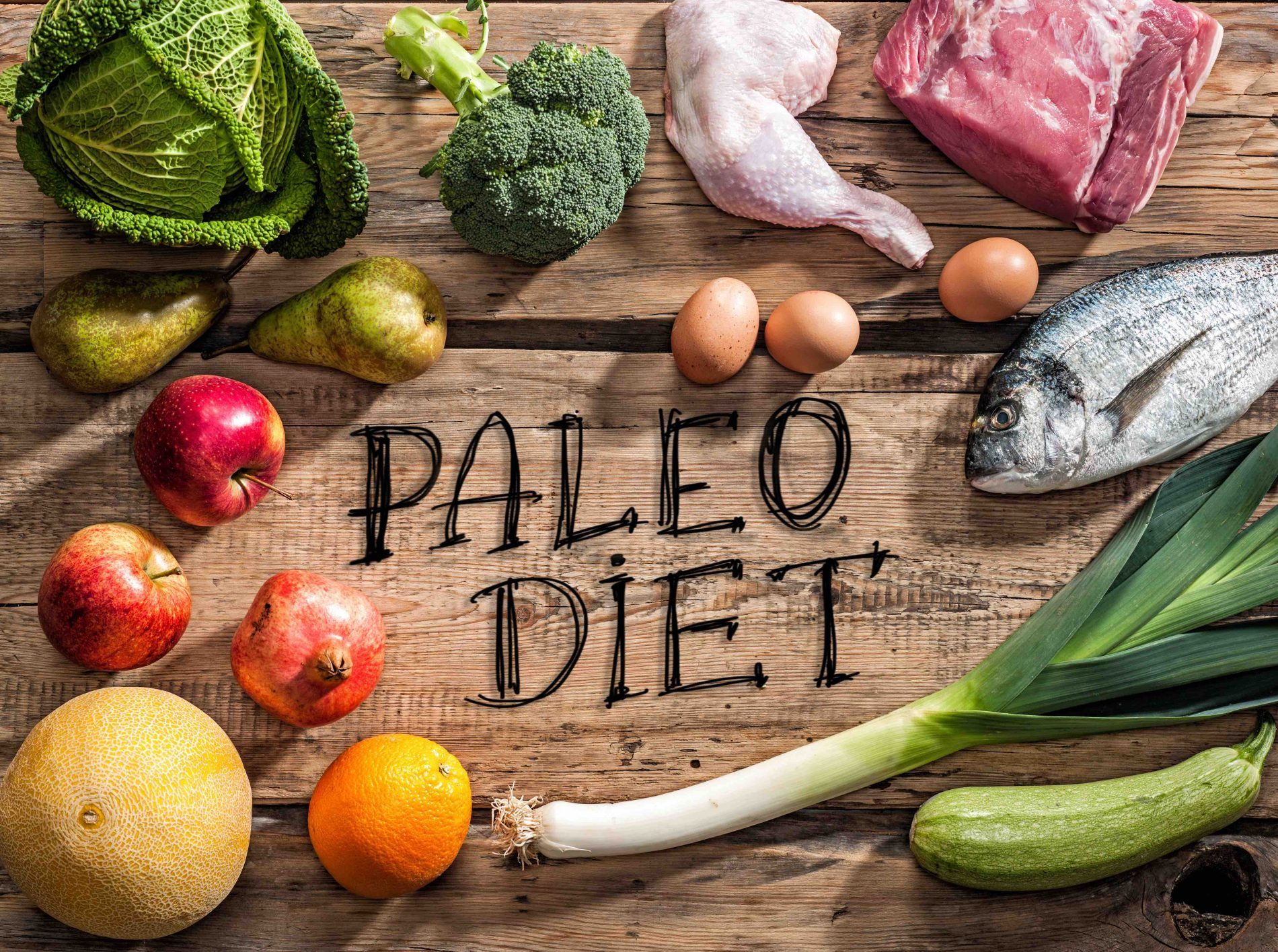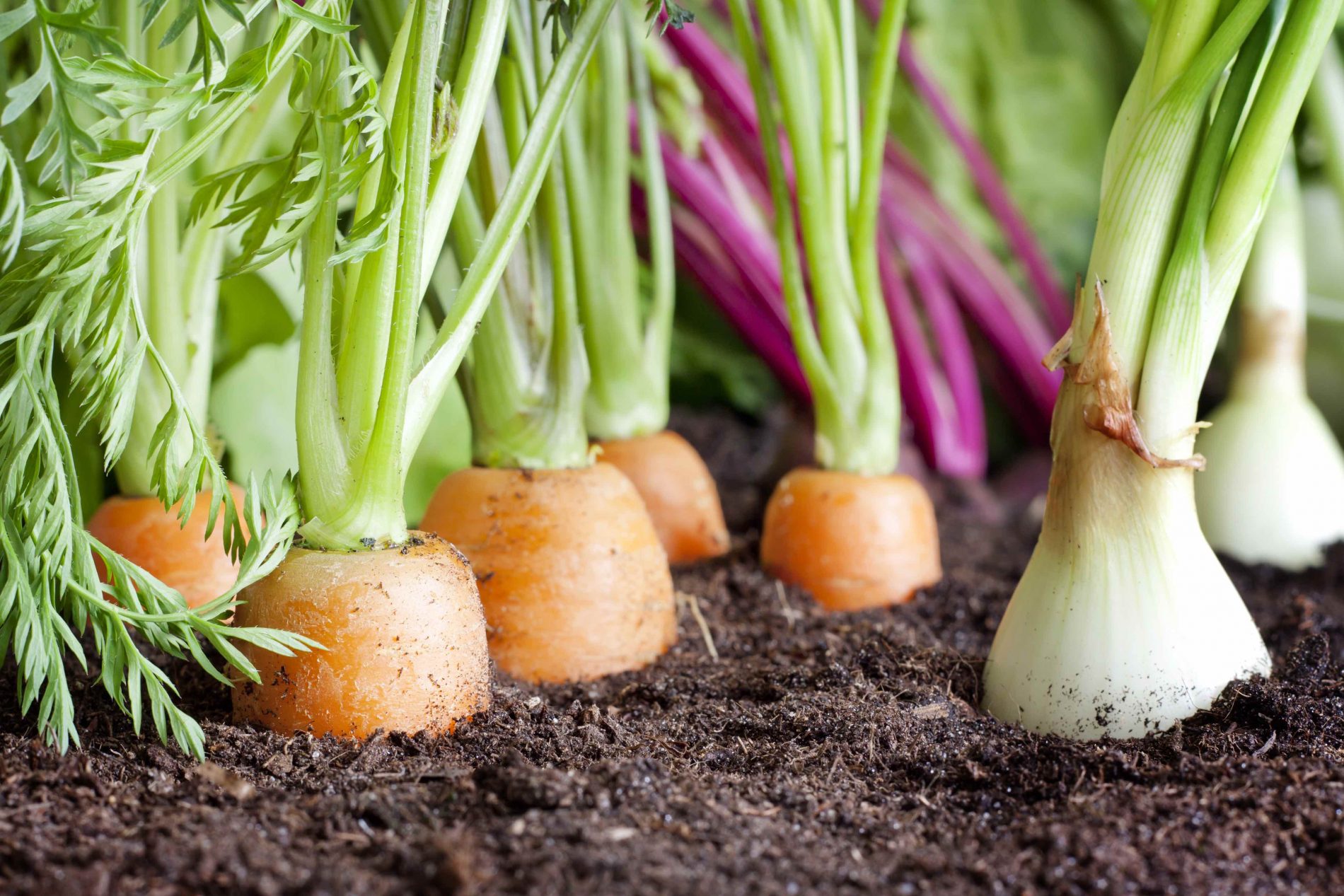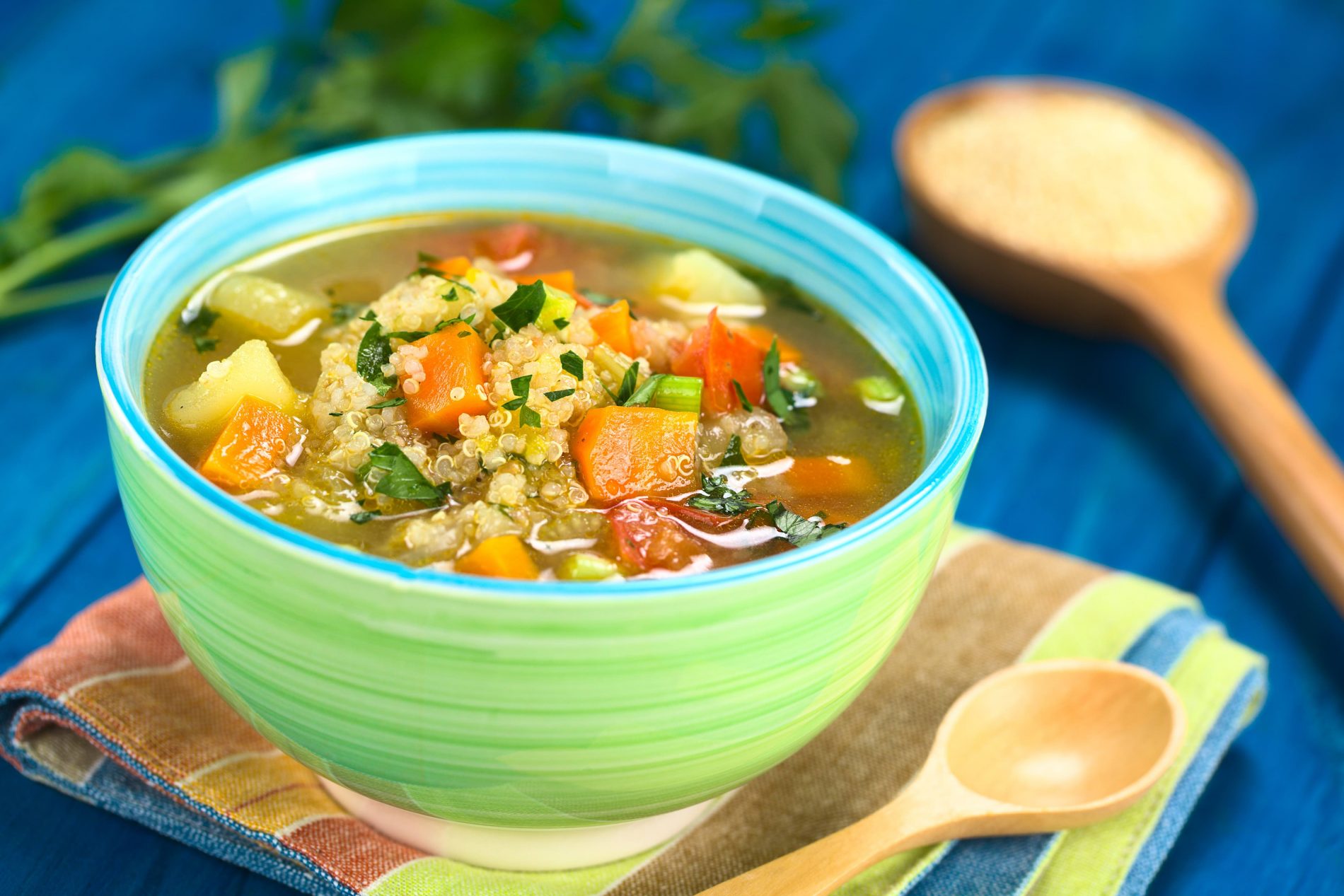We’re almost 4 months into the year. How is it going so far? Are you accomplishing some of the tasks you had thought of around the new year that you would love to complete by now?
Do you even remember what your resolutions were? Or if you think resolutions are ridiculous because they only last 2 days, did you make goals instead? Or did you forget about your goals 2 weeks later?
Where is your mindset? What do you want? What are you doing every single day to move toward what it is that you want?
In the blink of an eye, it will be 6 months into the year and unless you start now to really decide what you want and begin implementing a plan to reach your goals, it will soon be December and you won’t have anything to show for it.
So what do you want?
Do you want to quit your corporate job that is sucking the life out of you to start your dream business? If so, have you taken a course in business? Or taken some online marketing classes? Or laid out your business plan? Started saving like it’s your full time job so that you can fund your project and your life while it gets going?
Every single day you need to take the next right step toward what you want to achieve. It is the accumulation of these small steps that will lead you toward brilliant success.
So think about it… what do YOU want?
Do you want to lose weight? Get your health back? Start buying more fruit and vegetables. And actually eat them before they go bad! Simply let fruit and vegetables crowd out everything else. And move that body! You are meant to enjoy movement, so find something you love to do and do it often. You don’t have to go to the gym and spend hours like a hamster on a treadmill. You can do high intensity interval training for just a few minutes per day – which allows your body to kick itself into a high-fat-burning-machine and burn fat for hours after you are finished exercising.
Are you still thinking about it…..what do you WANT???
Do you want a better relationship with your spouse? Carve out specific times during the week that are yours – that have no distractions, no phones, no tv, no computers. And just be together and enjoy each other’s company.
Marianne Williamson has an amazing book that will completely transform the way you stay in love – called Enchanted Love. Basically she says that as we’re falling in love, we see our new partner as perfection, through rose coloured glasses. Everything they do is absolutely perfect, and we are so smitten that it creates joyful expression throughout the other facets of our life. But over time, we begin to take the rose-coloured glasses off and begin to see your significant other as they are – imperfect, messy and usually late for dinner.
But Marianne says that the true state of someone is actually perfection – and it’s during the first moments of a relationship when you are wearing the rose-coloured glasses – that this is actually reality!! That is the truth of each person, and for a moment in time you are able to see their true soul perfection. But then society and our generational conditioning causes our true sight to become blurred – and the glasses fall off.
So let’s start to put those rose coloured glasses on more often and see our significant others for what they are – perfection! And make sure they have theirs on when they’re looking at you!!
Soooo… what do you want?
Make a list of the things you want to accomplish and create an action plan to start making them happen!! Create a vision board and this will also help to keep you on track, with the universe conspiring to help you make it happen!
Jo-Anne Richardson has almost a decade of experience managing a chiropractic office and educating patients on how chiropractic can allow your body to express optimal health. She is a Registered Holistic Nutritionist and holds a Degree in Communications. She loves to experiment with raw vegan recipes, loves to salsa dance, travel and learn new holistic health information to share tips with everyone who visits the office.



